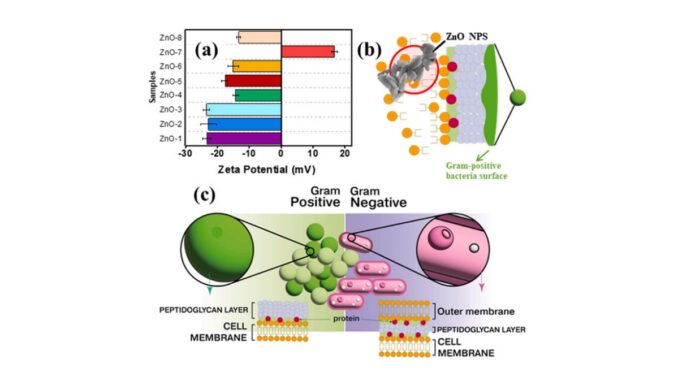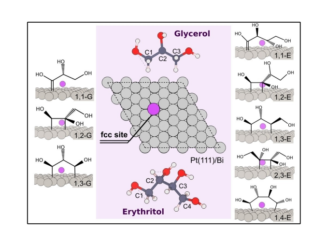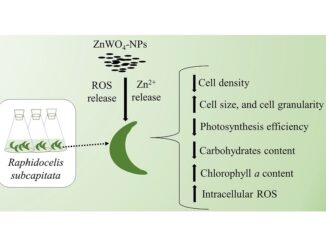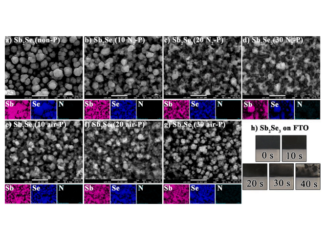
Selective inhibitory activity of multidrug-resistant bacteria by zinc oxide nanoparticles
Abstract: The emergence of multidrug-resistant bacteria has attracted much attention from the global community due to their potential to cause harm to health. In this context, ZnO nanoparticles (NPs) produced under different synthesis conditions were successfully applied to inhibit several species of multiresistant bacteria from clinical isolates. Five gram-positive (Staphylococcus epidermidis ATCC 35984, Staphylococcus aureus ATCC 25923, S. aureus ATCC 8095, Enterococcus faecalis ATCC 29212, and Enterococcus faecium ATCC 700221) and four gram-negative bacterial isolates (Klebsiella pneumoniae ATCC 700603, Escherichia coli ATCC 25922, Acinetobacter baumannii ATCC 19606, and Pseudomonas aeruginosa ATCC 27853), known to be involved in healthcare-associated infections and multidrug resistance, were selected for this study. Due to their physicochemical properties, we found that ZnO NPs can exhibit selective inhibition. The minimum inhibitory concentration (MIC) for multidrug-resistant bacteria sensitive to ZnO NPS was determined from varying contact time and catalyst concentration from exhaustive tests. Different characterization techniques were studied to determine the crystalline, optical, morphological, and photocatalytic characteristics of ZnO NPs. The bacterial inhibition mechanisms were discussed in detail with support of photocatalytic assays and cytotoxicity of plant species. In addition, ZnO NPs have also shown great potential for application in the environmental remediation of ecosystems contaminated by organic pollutants due to their efficiency in degrading the dye methylene blue (MB) under UV light with a photocatalytic efficiency of 75% in 60 min. The ZnO NPs showed great potential for multidrug-resistant bacteria, with MICs ranging from 256 to 512 mg/L. This demonstrates that the ZnO NPs produced here have the potential to be used as a technology with great application potential in materials used in hospital environments to mitigate the growth and development of these classes of multi-resistant bacteria.
Author(s): Gleison N. Marques, Ailton José Moreira, Eryka Thamyris D. Nóbrega, Sandalene Braga, Marcela N. Argentin, Ilana L.B. da Cunha Camargo, Emilio Azevedo, Ernesto C. Pereira, Maria Inês B. Bernardi, Lucia H. Mascaro
Journal of Environmental Chemical Engineering
Published: February 2024, Volume 12, Issue 1, 111870
DOI: https://doi.org/10.1016/j.jece.2023.111870
CDMF
The CDMF, hosted at the Federal University of São Carlos (UFSCar), is one of the Research, Innovation and Dissemination Centers (RIDC) supported by the São Paulo State Research Support Foundation (Fapesp), and also receives investment from the National Council Scientific and Technological Development (CNPq), from the National Institute of Science and Technology of Materials in Nanotechnology (INCTMN).




